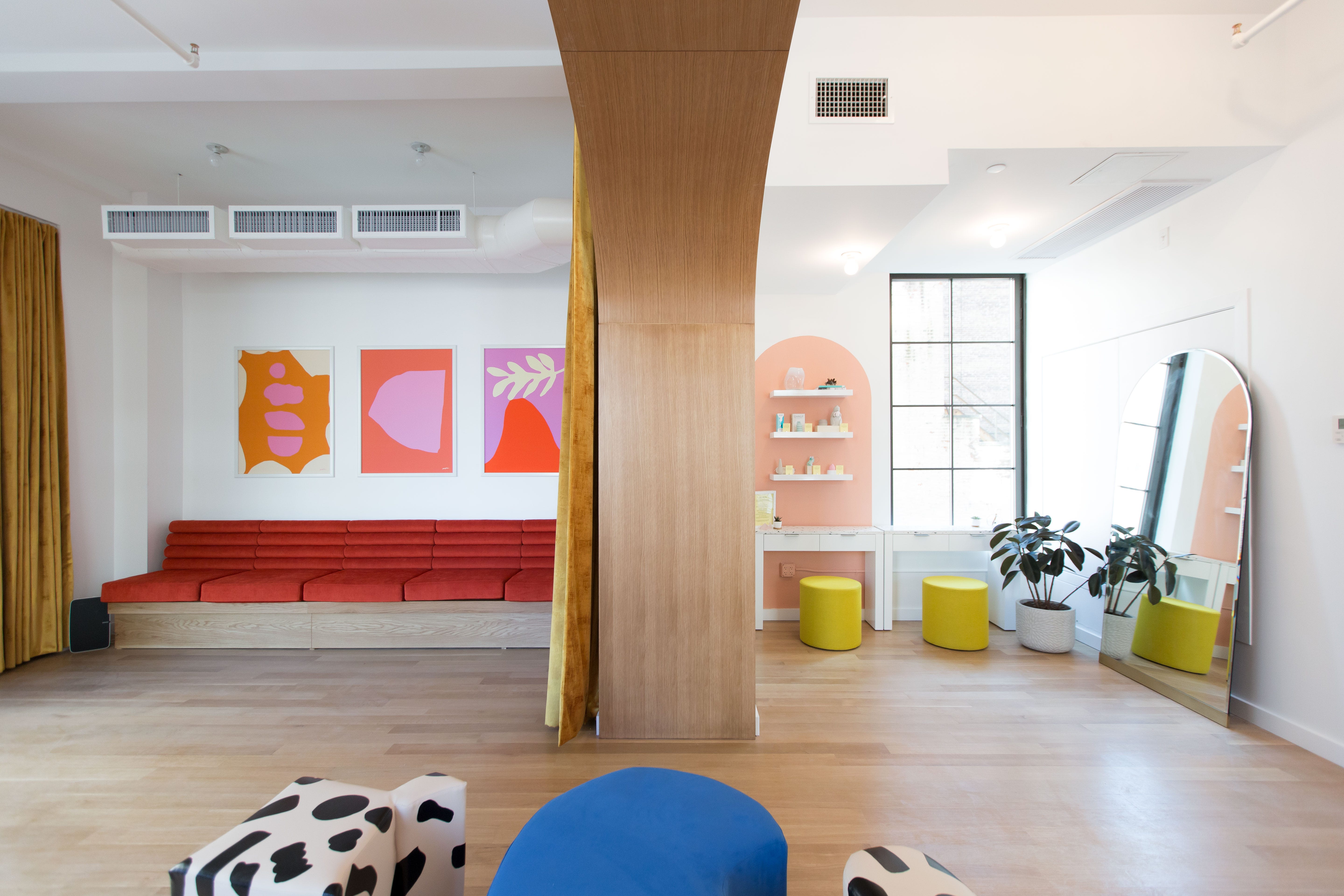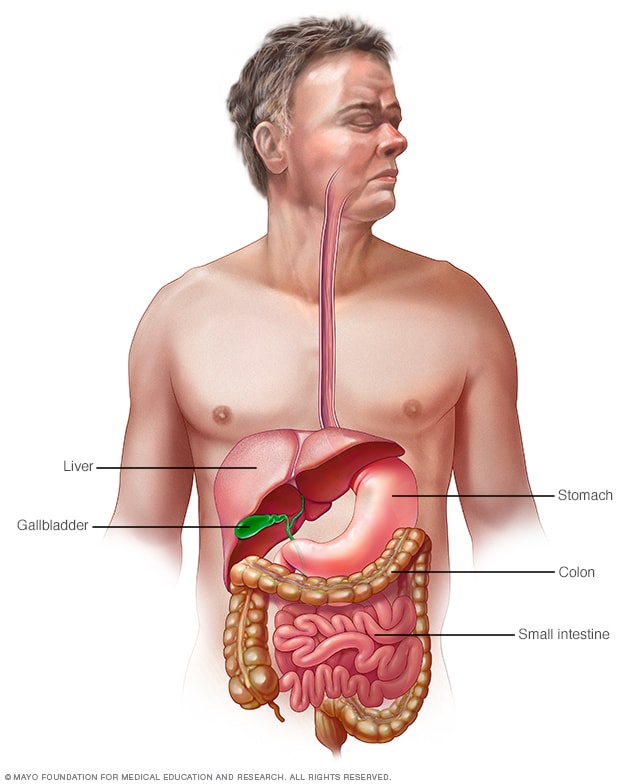Table of ContentsThe Basic Principles Of What Is A Health Center? - Bureau Of Primary Health Care The Free Medical Clinic - American Medical Association - The FactsGetting The Rethinking The Role Of The Public Health Clinic: Comparison Of ... To Work
With you, do you find yourself having sexual ideas about sex with kids or women or both?" Third, teenagers should be outlined confidentiality, which the clinician will hold info in confidence except in those instances when the adolescent is a risk to self or others. Scientific websites ought to guarantee that all personnel, including the frontline personnel, are educated about adolescents' rights to privacy and the site's expectations as to how teenagers need to be treated.
Fourth, all clinical sites should recognize with the laws of the individual state concerning the rights of minors to get healthcare without adult approval. In many states, these laws enable adolescents to be seen for the treatment of sexually sent infections or the prescribing of contraceptives without parental understanding or permission.
Returning briefly to the vignette explained at the beginning of this chapter, we note that Dr. K. did interview Johnny P. alone. In doing so, she came across a typical scientific scenarioa patient who has minor issues that are not unusual during teenage years, however who likewise has some major problems that need to be resolved quickly.
was not simply revealing a few of the typical psychological modifications teenagers often show, he was also beginning to participate in a variety of risky behaviors that had the clear capacity to derail his development from common to unusual. The clinician's examination phase should take care of underlying changes attributable to teenage years per se and particular dangerous habits or mindsets that require intervention.
As the child follows the early adolescent to the mid and late teen stages, understanding how his/her specific advancement can be assisted in or hindered is vital to early detection and intervention in teens' lives. As we have seen previously, the intricate interaction among the different however equally important domains of developmentcognitive, emotional, social, moral, and development of "self" can be intimidating for the clinician to sort out.
Our essential view of the teen period is as an essential developmental shift characterized by foreseeable change and total stability in the majority of youngsters, instead of a time of unmanageable or frustrating "storm and stress." When adolescent advancement goes much awry in a young individual's life, it normally is due to the existence of several popular elements known to put all humans at increased risk for mental disorders, including (1) the powerful and insidious results of hardship, which clearly impact minority and metropolitan families at higher rates (particularly as associated to parenting practices, academic achievement, and overall quality of the community milieu); (2) the overall level of family cohesion throughout and preceding the teen period; and (3) the influence of hereditary history and biologic vulnerabilities during adolescence.

14 Types Of Healthcare Facilities Where Medical ... - Questions
Teenage years does not occur de novo; it streams from infancy and youth. Substance Abuse Center These early issues, often magnified throughout teenage years therefore more quickly recognized, can be traced directly to family histories of similar dysfunction within the immediate and prolonged family pedigree (what is a health clinic). It has become too common and convenient to blame all scientific problems teens come across on teenage years itself, instead of acknowledging the bigger biogenetic etiology of human mental disorders and maladjustment to life.
Many of the teens experienced in healthcare settings may disappoint fulfilling all requirements for a formal psychiatric medical diagnosis, but present with considerable problems of modification that benefit attention and intervention. Some research studies have approximated that 40% of teenagers show considerable depressive symptoms, consisting of dysphoric mood, low self-esteem, and suicidal ideation, at some point throughout the teen years (Steinberg, 1983), and about 15% of teenagers fulfill criteria for an anxiety diagnosis (Evans et al, 2005).
The most extensive research study efforts in this location have been concentrated on juvenile delinquency and its related behavioral manifestations of criminal habits and compound abuse. This focus is easy to understand due to the truth that conduct disorder is the most widespread psychiatric diagnosis seen in medical settings that treat teens (although stress and anxiety and depressive disorders are more common in the basic population).
One big, influential study of upseting youth concluded that adolescent risk-taking was excessively identified as unsafe by adults, however that the more germane concerns for teenagers involved increasing alcohol and drug use, problems associated with the dyad of heightened emotionality and impulsivity (i.e., anger/violence, suicidality), and antisocial habits that fell considerably brief of criminality (Offer and Boxer, 1991). A high portion of juvenile offenders, 80% (Kazdin, 2000), likewise meet requirements for one or more psychiatric medical diagnoses.
The majority of juvenile culprits do not continue such behavior as adults (Grisso, 1998). There is proof, however, that psychiatric issues continue in such youths as they enter the young adult years.
, an organized medical service offering diagnostic, restorative, or preventive outpatient services. Typically, the term covers an entire medical teaching centre, consisting of the healthcare facility and the outpatient centers. The healthcare used by a center might or might not be connected with a medical facility. The term center may be utilized to designate all the activities of a basic center or just a particular department of the work e.g., the psychiatric center, neurology clinic, or surgery center.
The Main Principles Of Rural Health Clinics (Rhcs) Introduction - Rural Health ...
The first clinic in the English-speaking world, the London Dispensary, was founded in 1696 as a central ways of dispensing medications to the ill https://cesarsmue170.wordpress.com/2020/09/13/examine-this-report-about-clinic-dictionary-definition-vocabulary-com/ bad whom the doctors were dealing with in the clients' houses. The Click here for more New York City City, Philadelphia, and Boston dispensaries, founded in 1771, 1786, and 1796, respectively, had the very same objective.
The variety of such clinics did not increase rapidly, and as late as 1890 only 132 were running in the United States. The incentive for the mushroomlike growth that has occurred because that time featured the rapid growth of hospitals and likewise from the public health motion. During the late 1800s the contemporary concept of a health center began to take shape.
The advantages of supplying ambulatory care close to the facilities of a healthcare facility became apparent, and such hospital clinics increased quickly. Britannica Premium: Serving the progressing needs of understanding candidates (how prevelent is tartive dyskinesia in communitu mental health clinic). Get 30% your subscription today. Subscribe Now The company of a healthcare facility clinic in general follows that of the inpatient facilities.

In many healthcare facility centers, particularly those in nations that do not have nationwide medical insurance programs, care is offered only to the clinically indigent, and no expert fee is charged. Virtually all such clinics, nevertheless, charge a small registration cost if the patient is financially able to pay; earnings from such charges helps pay running expenses.
The majority of this effort has been in the area of lower earnings groups although in a few healthcare facilities no limit is put on earnings in determining eligibility for care. The medical facilities of the University of Chicago, for instance, started operating a clinic on such a basis in 1928. The general public health motion was mainly worried about preventive medicine, child and maternal health, and other medical problems impacting broad segments of the population.
In 1890 A. Pinard established a maternal dispensary or antenatal clinic at the Maternit Baudelocque in Paris. Milk distribution centres were established in France by J. Comby (1890) and in Britain by F.D. Harris (1899 ). Baby well-being centers were developed in Barcelona (1890 ); and clinics for older children were founded in St.